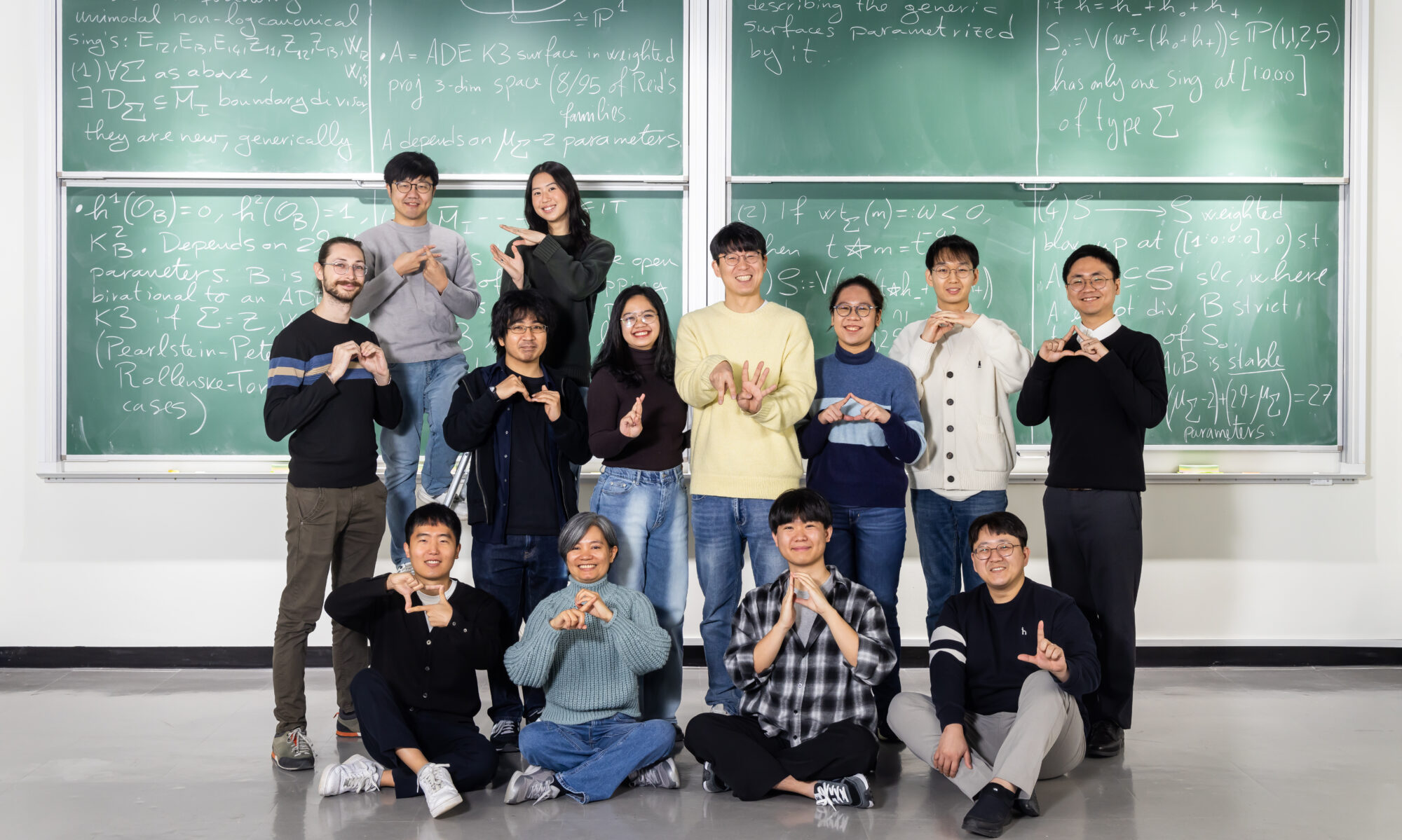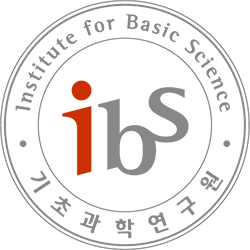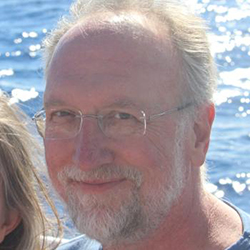Neural Ordinary Differential Equations
B378 Seminar room, IBS 55 Expo-ro Yuseong-gu, Daejeon, Korea, Republic ofWe will discuss about "Neural Ordinary Differential Equations", Chen, Ricky TQ, et al., Advances in neural information processing systems 31 (2018). Abstract: We introduce a new family of deep neural network models. Instead of specifying a discrete sequence of hidden layers, we parameterize the derivative of the hidden state using a neural network. The output …


